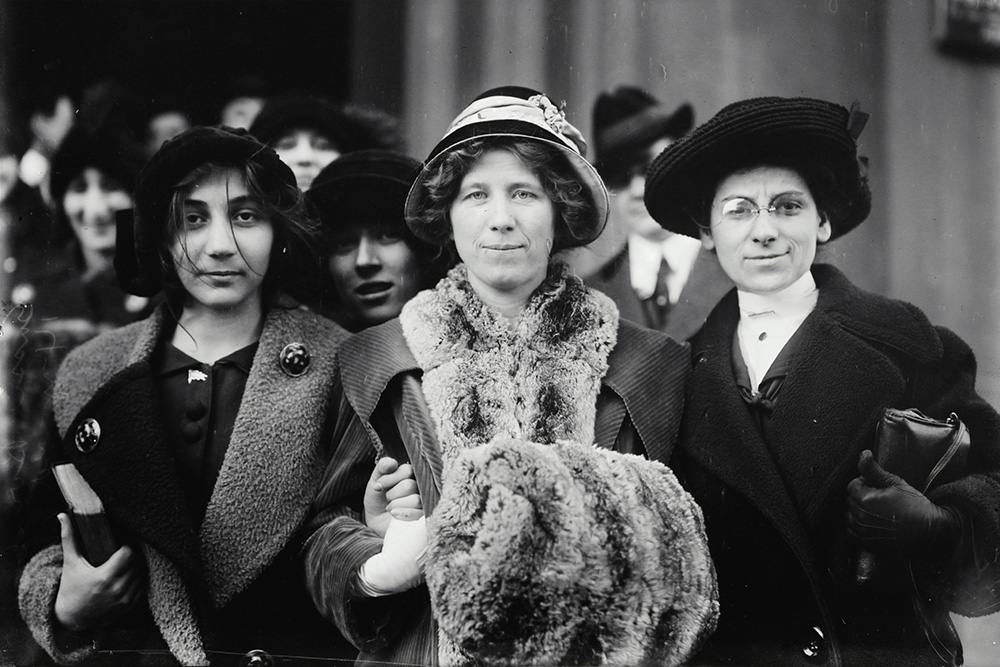Welcome
SCIM-C Historical Inquiry
The SCIM-C historical inquiry strategy is a structured approach to analyzing primary sources. This framework provides scaffolding for students who are learning to think historically. It moves them systematically from observation through analysis to critical evaluation, helping develop the analytical skills essential for historical thinking.
Related Materials:






